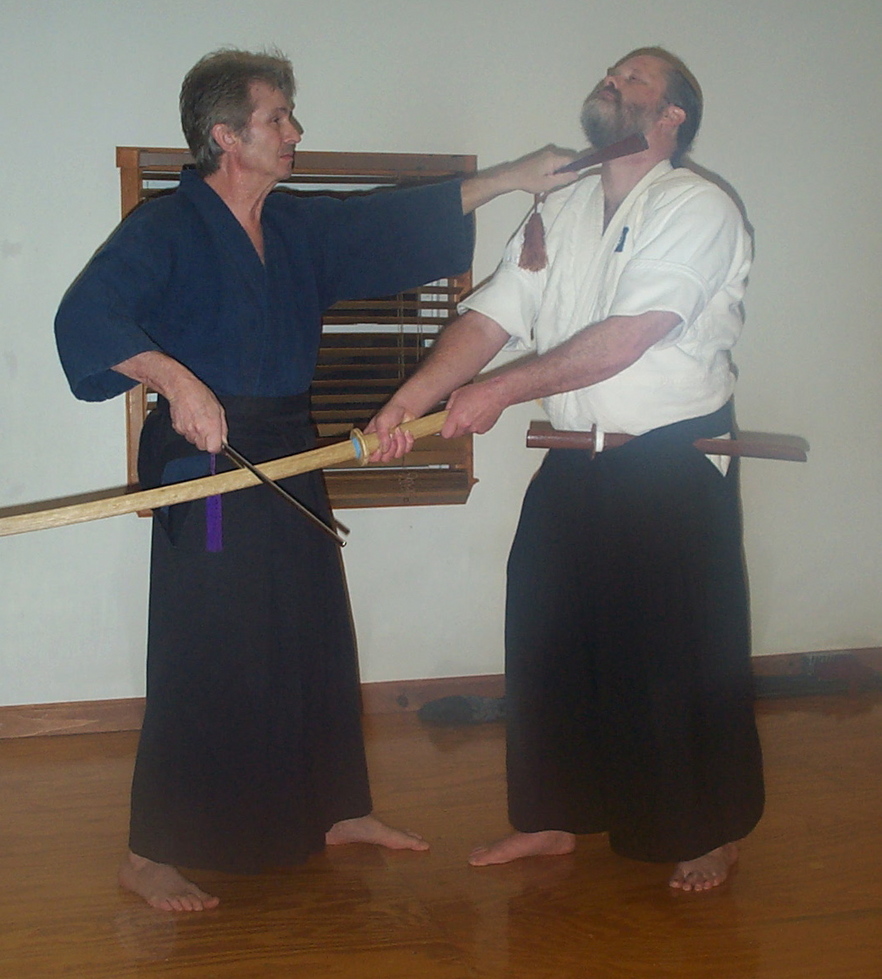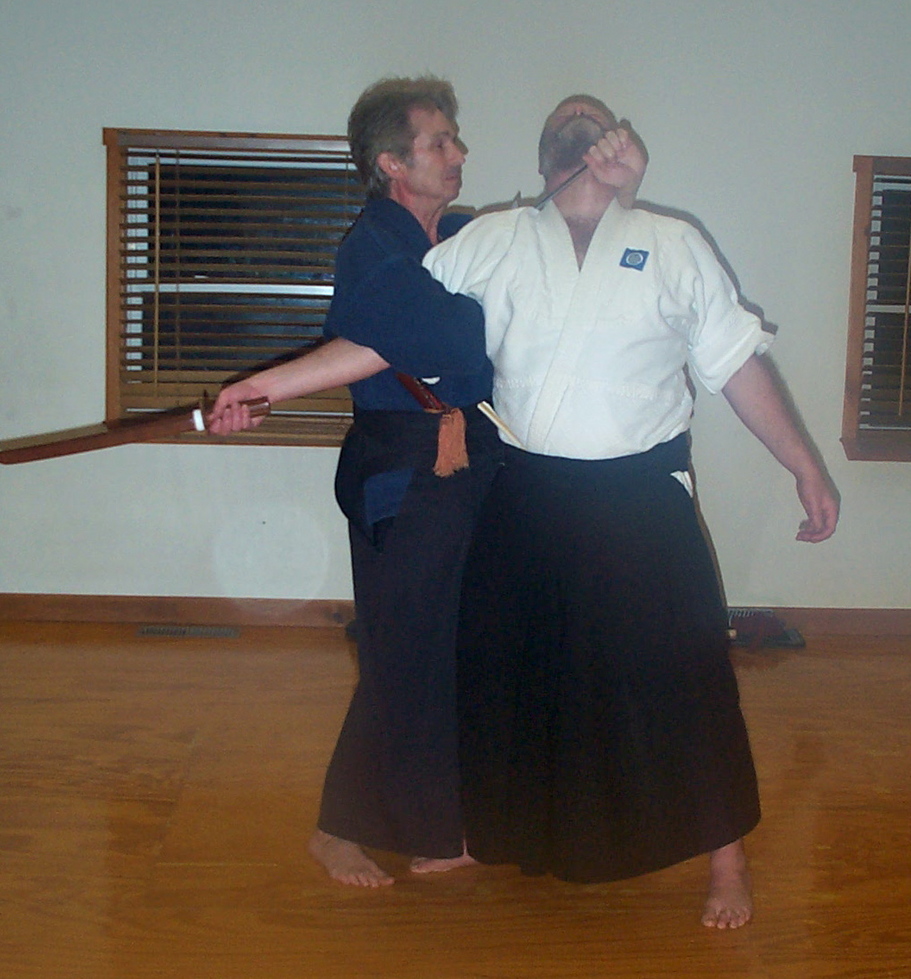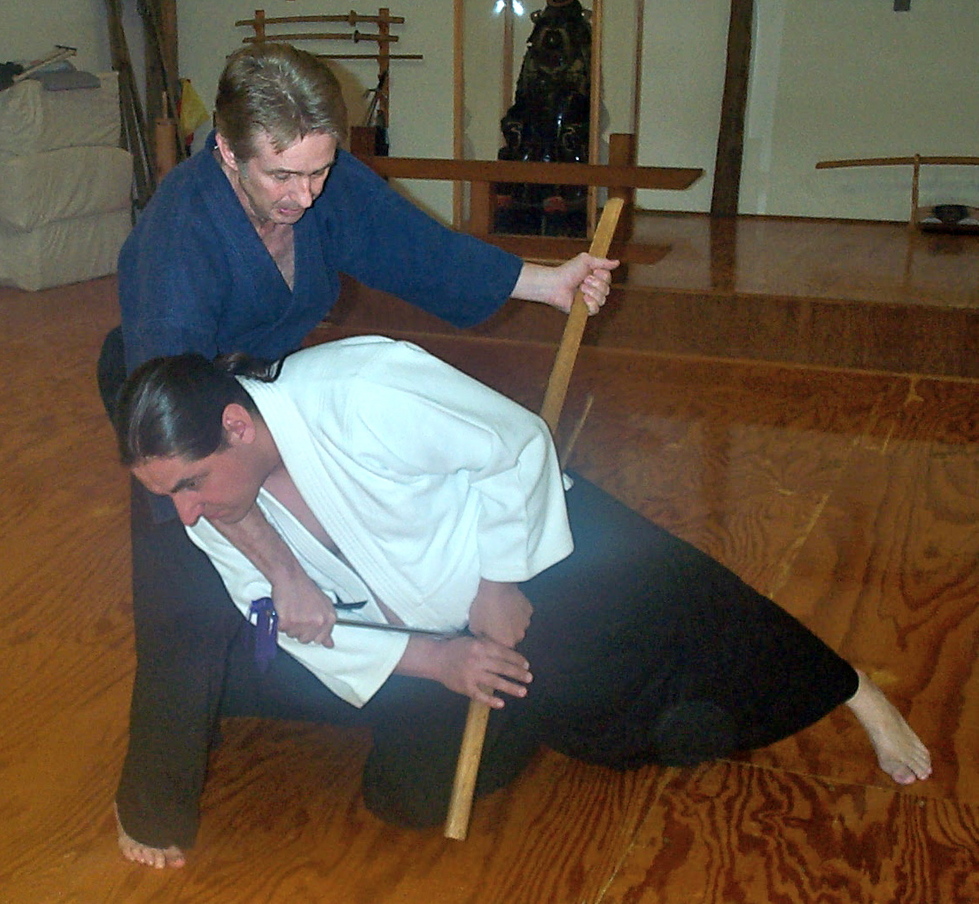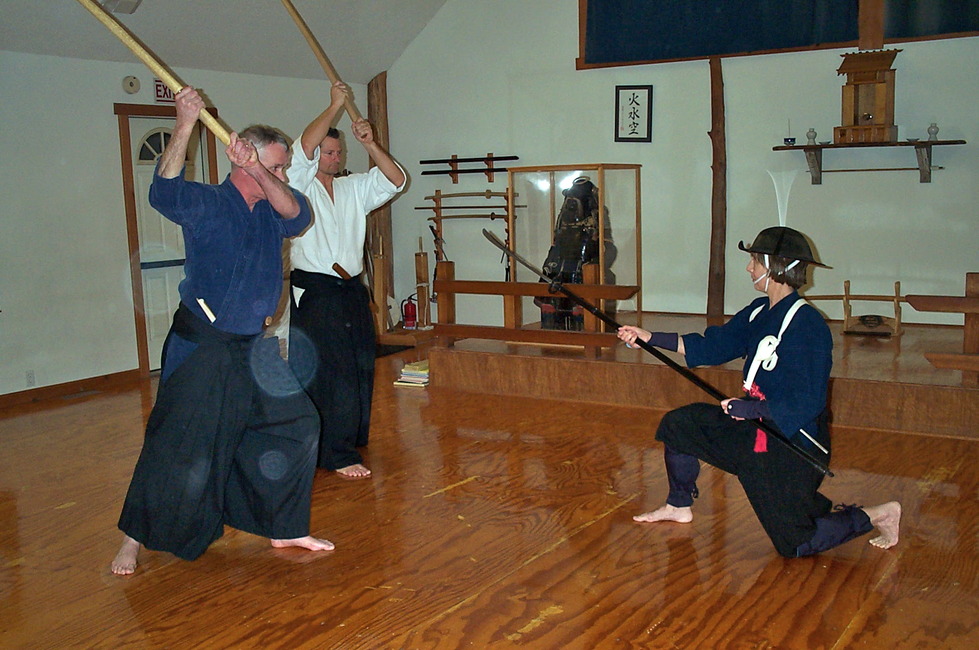EDO MACHI KATA TAIHO-JUTSU
Law and order in the age of the Samurai.
For the first time in 300 hundred years the bloody civil wars had ended and Japan was at peace.The year was 1603 when the Tokugawa government began a strict prohibition on everthing from travel to dress. Swords and firearms were confiscated from chonin (commoners) and members of high society had to send members of their family to stay in Edo(Tokyo). Every two years they alternate members.This would keep down insurection and make it easier to collect taxes.
Most major conflict ended at this time leaving a lot of out of work Samurai warriors.
Many became ronin (wave men) or masterless samurai who became mercenaries, merchants, bodyguards, farmers, firemen, craftsmen etc. Some of these ronin formed criminal organizations and even became the stuff of popular legend, not unlike certain romantisized versions of the Yakuza, Robin Hood, Mafia or Jessie James. When captured the suspect was brought to a gosho or police station where justce was strict, swift and severe.
Each village had 5 representatives who would meet and pass information to the village elders and they would then pass the information to local military stations and so forth on up chain of command.
Several levels of manpower were required from patrolling the city streets, governing affairs, temple and religious affairs, the water systems, fire fighting, treasuary, tax collection etc.
Metsuke were investigators and watchers who observed the daily activities.
Machi-bugyo-sho or town magistrate was the central person of authority serving as police chief, fire chief, mayor and judge.There were two in service at the same time in Edo.
Yoriki, literally "assistants" were required to handle day to day duties of running the city and in earlier times would have helped plan military campaigns. There were 50 helping the two machi-bugyo.
Doshin did the daily police work involving contact with the chonin and the crimes from petty squables to death. These positions were often passed on from father to son.
Goyokiki were local citizen groups who banded together often along with local outlaw groups to maintain order in their areas/neighborhoods. They would yell "Go Yo "or "offical business" similar to "your under arrest".
Okappiki were unofficial paid informants and spies. Often they were outlaws working with police to avoid severe punishment or other deals. The members of this group come from the lower class of society and were often considered untrustworthy. They handled the business of torture and interrogations also.
Ren Ko Ho: arresting techniques
Atemi: striking
Osae: restraining
Kansetsu waza: joint manipulation
Nage waza: throwing techniques
Shime waza: choking techniques
Jutte and kusurigama Basic Kamae(posture), pointing weapon at suspect while shifting front foot slightly forward. The hachimachi or headband often had steel wire or plates sewn in it to protect against a strike or cut to the head. It also held in the ears from random glancing sword slashes or strikes. A waist coat called a haori was also worn to protect from the elements and hide weapons.
Jutte: a truncheon which also served as the officers "badge" Tassel colors represented different ranks.
Manriki-kusari: Weigheted chain.Could be hidden easily.
Tessen: iron fan.
Kusurigama: Sickle and chain.
Antique jutte, tessen and yawara
New Jersey
Johnny Faulkner
Virginia
Sifu Michael Martin
Delaware
Philip M Scudieri
East North American Representative






















